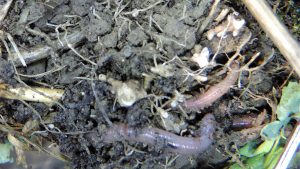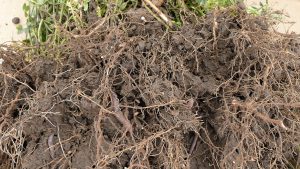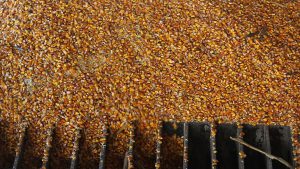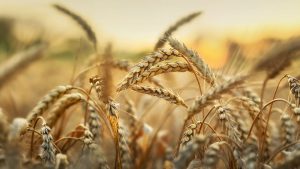Cropside: Soil health economics
AGRONOMIC INFORMATION FROM ONTARIO'S CROP SPECIALISTS

Ministry of Agriculture, Food and Rural Affairs
THE ECOLOGY OF the soil is complex and interconnected. Comparing the soil to a country’s economy reminds us that everything is part of a system and that for every action there is a reaction.
There is a balance of many components in a strong economy: supply meets demand, a strong currency to drive the economy, capital investments, low unemployment, resources to keep the economy moving, good infrastructure (transportation/communication), and a strong defense system for protection. A healthy soil is influenced by those same interactions noted Keith Berns (Green Cover Seed, Nebraska) during a presentation at a recent CCA Soil & Water Workshop.
A soil economy is driven by solar energy, which produces a carbon currency, or the dollars that drive the system. The greater the diversity of the carbon sources, the healthier the economy. Multi-crop rotations, assorted cover crop species, and organic amendments, all act as the currency, along with crop residue and winter cover. Whether as a gas, a liquid, or a solid, carbon “flows” almost seamlessly from one form to another.
Supply and demand in a thriving economy implies that there are producers and consumers. Plants produce carbon through photosynthesis while soil provides the minerals and structure for root growth. The roots provide carbon, through rich root exudates, to soil organisms. The diversity of soil microorganisms helps ensure nutrient cycling and nitrogen fixation; a symbiotic relationship that maximizes the biology and keeps plants from going “on welfare” (where plants require spoon-fed nutrients).


When the soil economy is working well, there is accumulated capital that helps maintain stability and allows growth. Organic matter can be stored in the soil and helps to maintain productivity and resilience. However, organic matter can only be increased if there is excess carbon in the system.
Healthy soil economies should not need purchased inputs. Solar energy provides free resources for carbon, and nitrogen can be provided to plants through fixation from microbial symbiotic relationships. Microorganisms “sell” nutrients to plants as part of nutrient cycling, in exchange for carbon. For this “factory” to work, there has to be transportation and communications systems to improve efficiency.
Soil structure allows rapid water movement and the opportunity for uninhibited root growth. Just as more roads in an urban economy provide effective transport, so do bigger plant root systems. Soil organisms are key participants in building structure and providing protection to the soil economy through improved water holding capacity and aggregate stability. Tillage often destroys this soil infrastructure.
Finally, diversity of crops — including cover crops — and microbial populations allow the soil to be protected from the devastation of crop disease and insect infestations. Just like an army, more forms of defense prevent an invasion. •










